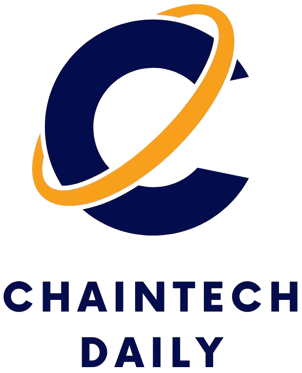
Running an Ethereum full node might soon get a lot lighter, thanks to a new “partial stateless” approach.
As Ethereum (ETH) scales, Vitalik Buterin is looking for ways to make running a full node — which currently demands over 2 TB of disk space — more manageable.
On Monday, the Ethereum co-founder shared a new post on the Ethereum Magicians forum discussing the challenges of scaling the base layer. While many discussions around L1 gas limits focus on network safety, Buterin pointed to another concern: that increasing the gas limit makes it “harder to run a full node.”
While zero-knowledge technologies like ZK-EVMs could help users verify the chain without running full nodes, Buterin argued that full nodes still serve an important role: they allow users to run their own local RPC server “in a trustless, censorship-resistant and privacy-friendly way.”
While cryptographic tools like private information retrieval might offer promising alternatives, Buterin argued that fully trustless solutions would likely remain expensive as they fall short on metadata privacy, and still leave users exposed to censorship risks.
“[…] a market structure dominated by a few RPC providers is one that will face strong pressure to deplatform or censor users. Many RPC providers already exclude entire countries.”
Vitalik Buterin
To solve the issue, Buterin proposed a new kind of node, partially stateless nodes, which would verify the entire chain, but only store parts of the state that the user cares about. As Buterin explains, the exact portion of the state to be held “will depend on a config chosen by the user.”
He also supported completing EIP-4444, a proposal to limit how much historical data each node needs to store, in order to reduce disk space requirements. Buterin suggested using erasure coding to help build a distributed system for storing older blockchain data.
Earlier in May, Buterin shared a plan to make the Ethereum blockchain simpler, following months of criticism aimed at the Ethereum Foundation over concerns about transparency, slow progress on upgrades, and the growing difficulty of building on the network. The blockchain developer admitted that the system is currently too complex, which makes it hard for developers to build, maintain, or start new projects.


